iTVision
iTFlow™ is a software designed to analyze and visualize blood flow by using 4D Flow MRI images.
This is a case in which new information was obtained via iTFlow™ about a problem in a patient with congenital heart disease that could not be detected by conventional testing. She was a patient with tetralogy of Fallot. As a nurse, she had shortness of breath during the night shift, which forced her to limit her work. Her encounter with Dr. Itatani and iTFlow™ changed her life.
"Cardiac magnetic imaging research has demonstrated the emerging potential of advanced intracardiac flow analysis in heart disease beyond traditional measurements. To that end, iTFlow™ provides a front-line software interface to measure kinetic energies, vortices, and shear stresses inside the heart without the need for complex in-house engineering software. I am excited by the potential of software such as iTFlow™ in bringing intracardiac flow analysis to clinical cardiology." - Dr. Yue-hin Loke, Children's National Hospital
Clinical case
This is a case in which new information was obtained via iTFlow™ about a problem in a patient with congenital heart disease that could not be detected by conventional testing. She was a patient with tetralogy of Fallot. As a nurse, she had shortness of breath during the night shift, which forced her to limit her work. Her encounter with Dr. Itatani and iTFlow™ changed her life.
Testimonials
"Cardiac magnetic imaging research has demonstrated the emerging potential of advanced intracardiac flow analysis in heart disease beyond traditional measurements. To that end, iTFlow™ provides a front-line software interface to measure kinetic energies, vortices, and shear stresses inside the heart without the need for complex in-house engineering software. I am excited by the potential of software such as iTFlow™ in bringing intracardiac flow analysis to clinical cardiology." - Dr. Yue-hin Loke, Children's National Hospital
Features of iTFlow™
-
Heart motion trackingiTFlow™ has various tools embedded to help you segment several zones and process them very precisely with heart motion tracking.
-
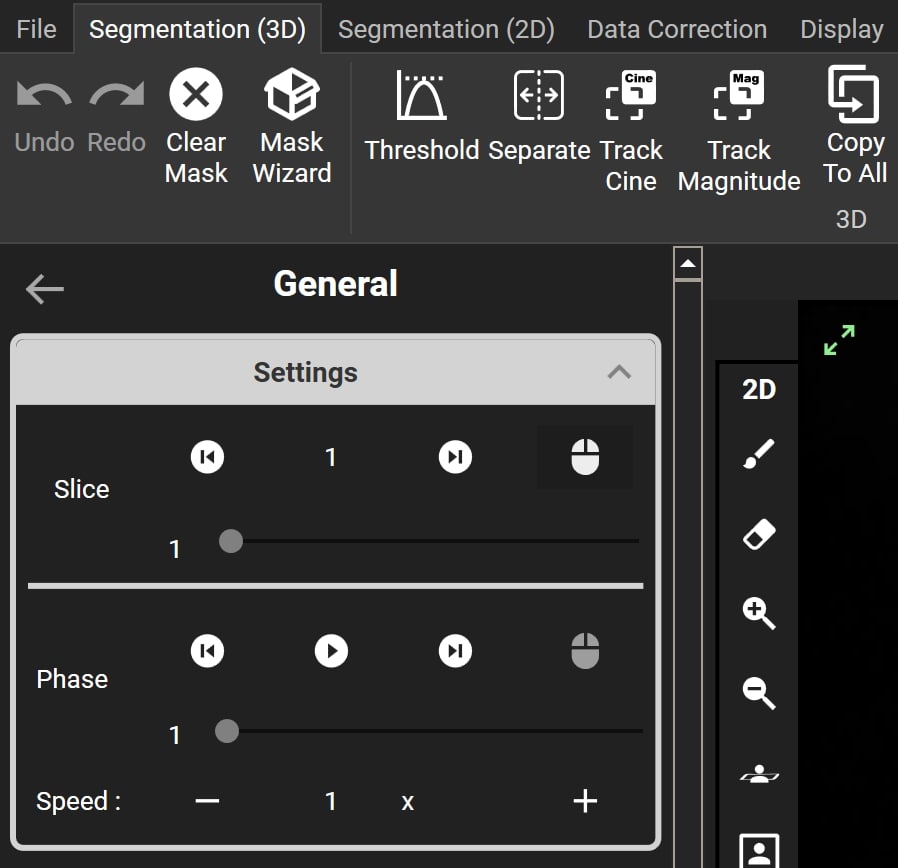 User friendly interfaceUnlike most medical software, iTFlow™ has a comprehensive user interface with a ribbon like Microsoft Office.
User friendly interfaceUnlike most medical software, iTFlow™ has a comprehensive user interface with a ribbon like Microsoft Office.
This aids you with a quicker workflow. -
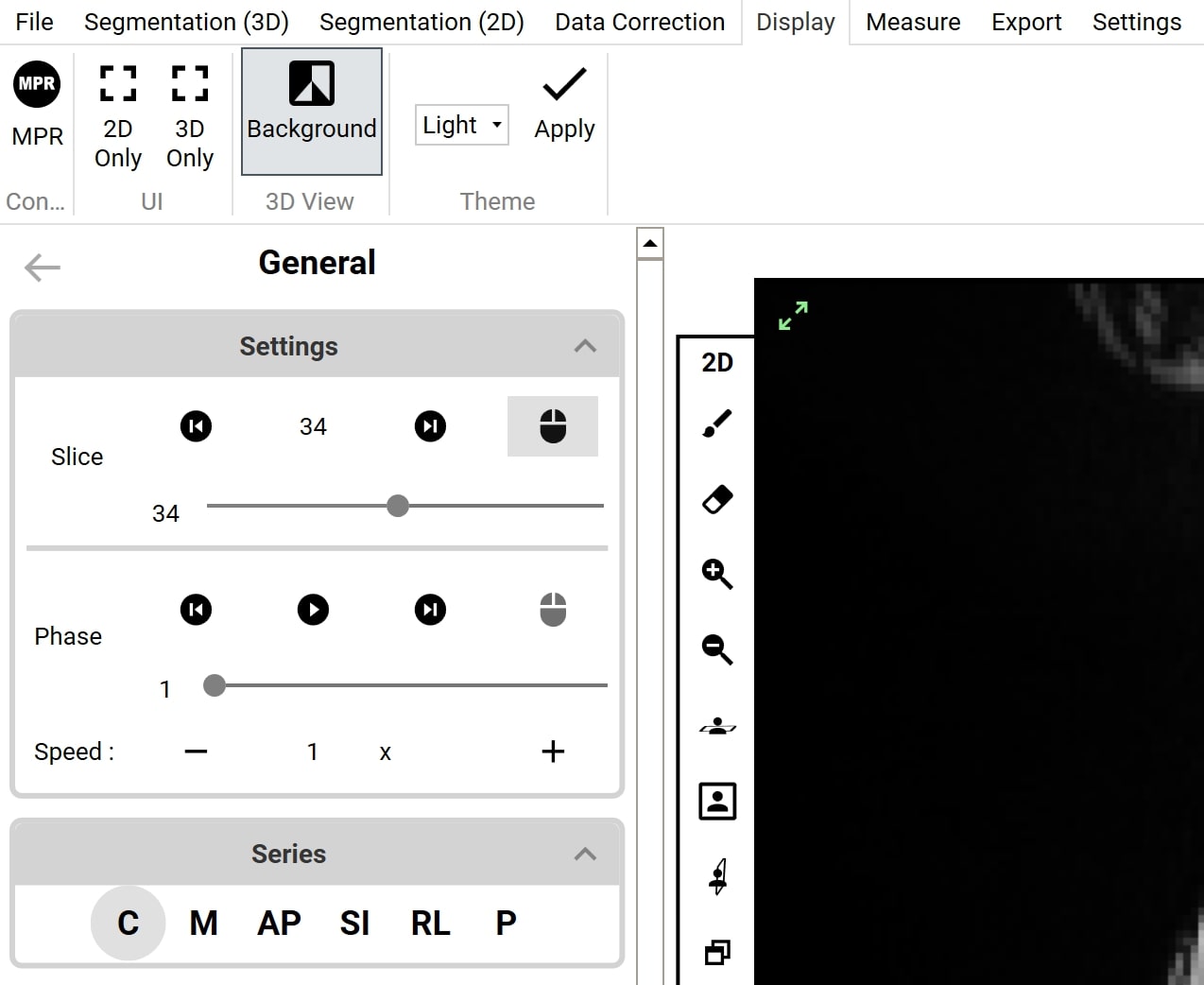 Configurable displayWith iTFlow™, you can display only the information you need to focus on.
Configurable displayWith iTFlow™, you can display only the information you need to focus on.
Show or hide some layers, the whole 2D or 3D view and even the ribbon menu!
You can also select light or dark theme according to your preference. -
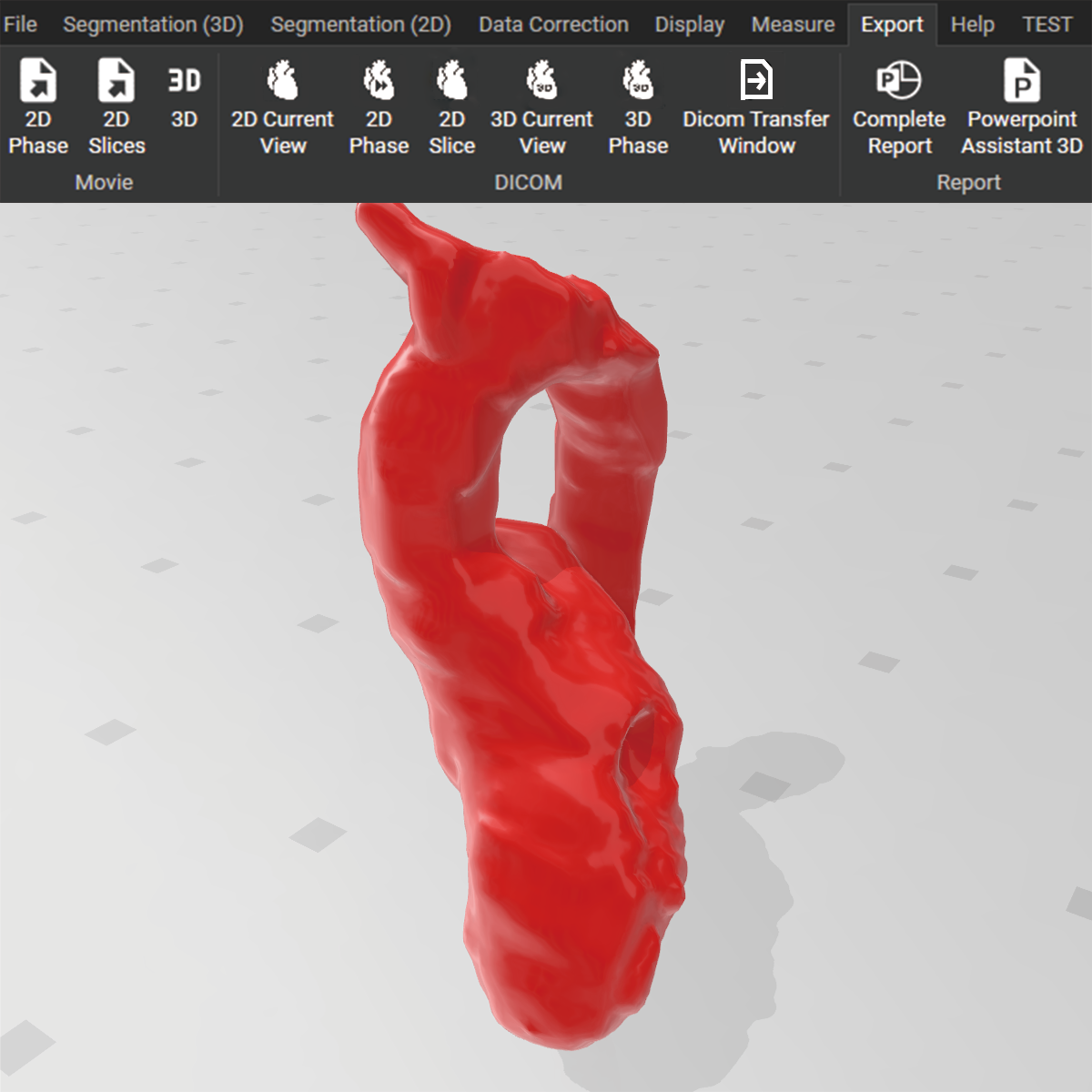 Export your workWhen your work is done, you can export it to STL, video, image, VTK or DICOM file to connect easily with other software.
Export your workWhen your work is done, you can export it to STL, video, image, VTK or DICOM file to connect easily with other software.
You can also export the measurement result to a CSV file.
Visualized Parameters
-
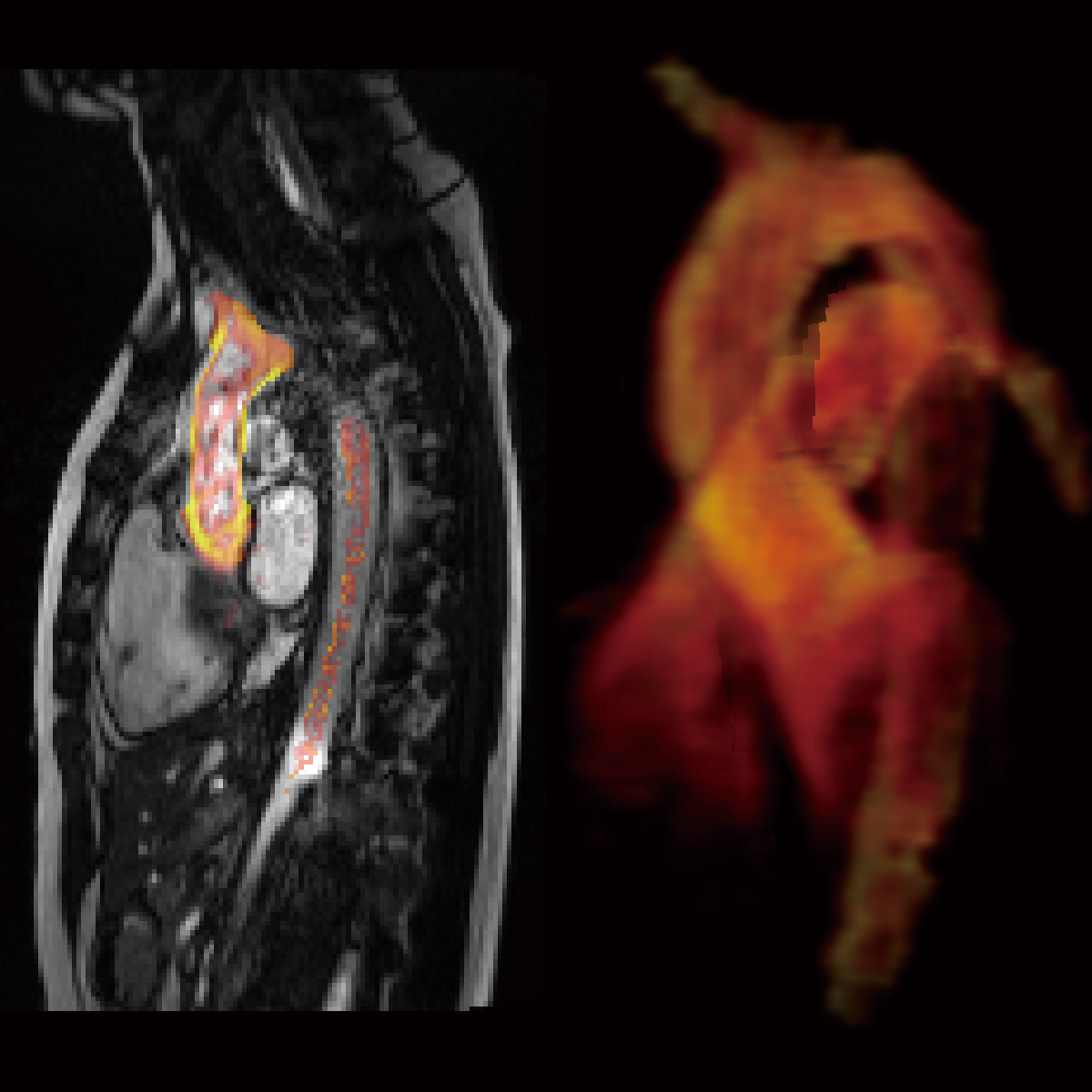 Energy LossiTFlow™ provides precise flow energy loss, a parameter of the cardiac workload. Energy Loss (EL) is an indicator of how much energy is lost within a target area.
Energy LossiTFlow™ provides precise flow energy loss, a parameter of the cardiac workload. Energy Loss (EL) is an indicator of how much energy is lost within a target area.
The beating of the heart is responsible for delivering energy to the periphery. Therefore, if extra energy is lost somewhere, the burden on the heart increases. An indicator of how much energy is lost within a target area is Energy Loss (EL). -
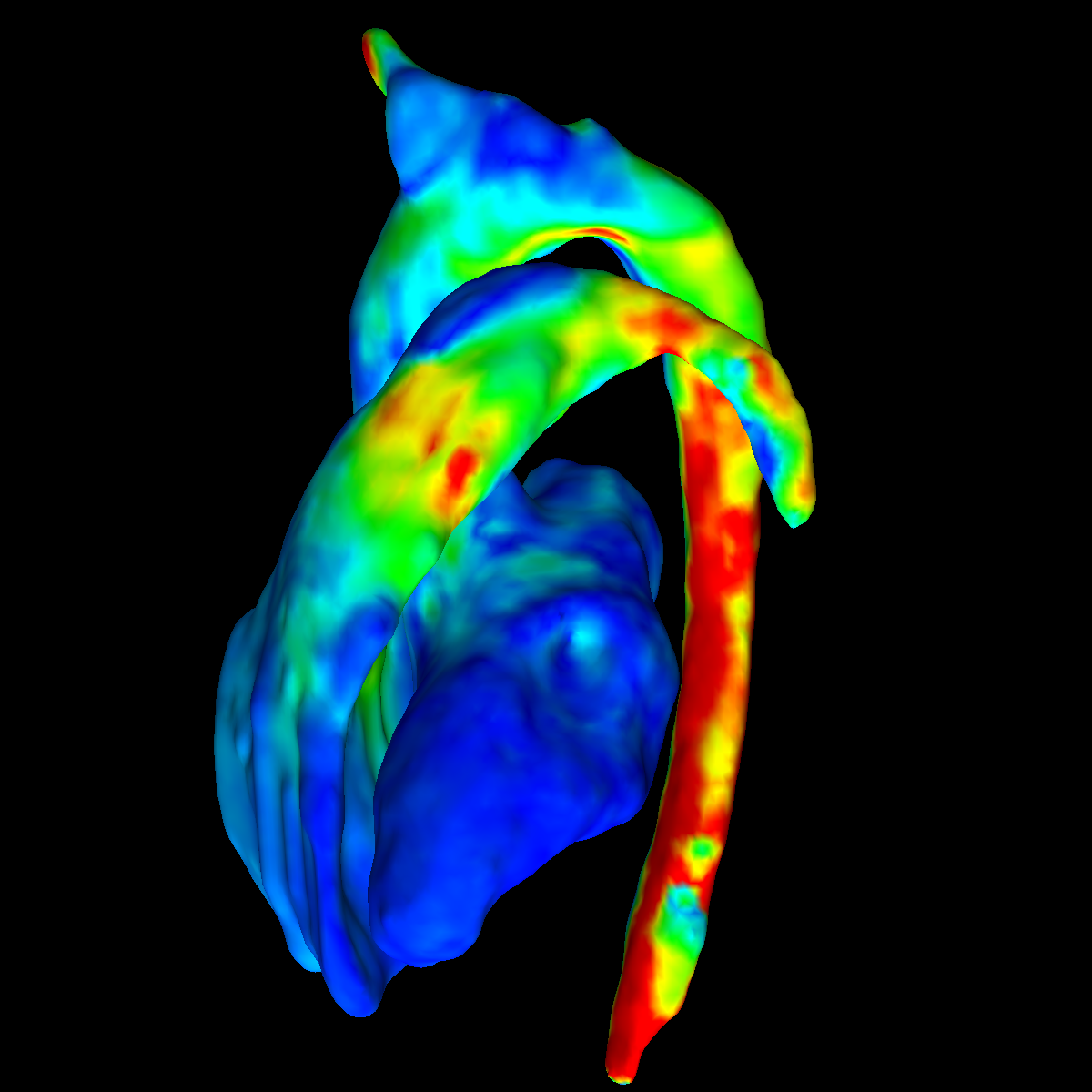 WSS(Wall Shear Stress)iTFlow™ provides WSS (Wall Shear Stress), a measurement of mechanical stress on endothelial tissue.
WSS(Wall Shear Stress)iTFlow™ provides WSS (Wall Shear Stress), a measurement of mechanical stress on endothelial tissue.
The word “Stress” is used to describe the force generated inside an object. In blood vessels, that object is the vascular wall. Knowing the stresses on the vascular wall is important to understand the causes of vascular endothelial damage. -
 StreamlineStreamlines are lines representing the direction of the blood flow showcasing flow acceleration or deceleration through color contrast.
StreamlineStreamlines are lines representing the direction of the blood flow showcasing flow acceleration or deceleration through color contrast.
By visuaizing blood flow as a line, the turbulence of the flow and the shape of the vortex can be confirmed. -
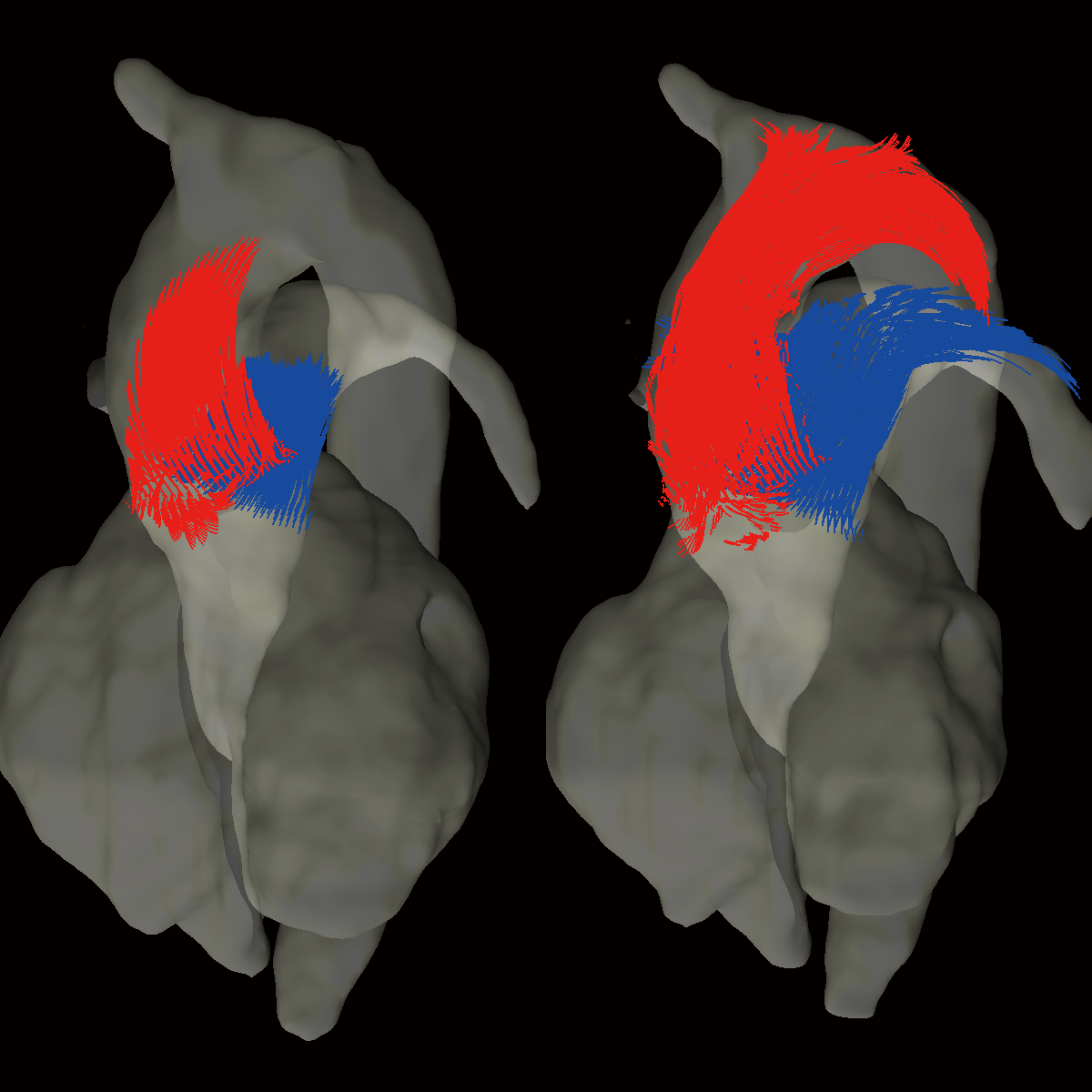 PathlinesPathlines enables the visualization of virtual blood particles. This function enables users to specify the range.
PathlinesPathlines enables the visualization of virtual blood particles. This function enables users to specify the range.
While streamline represents “flow at a single moment”, pathline is used to represent the route along which blood flows over time. -
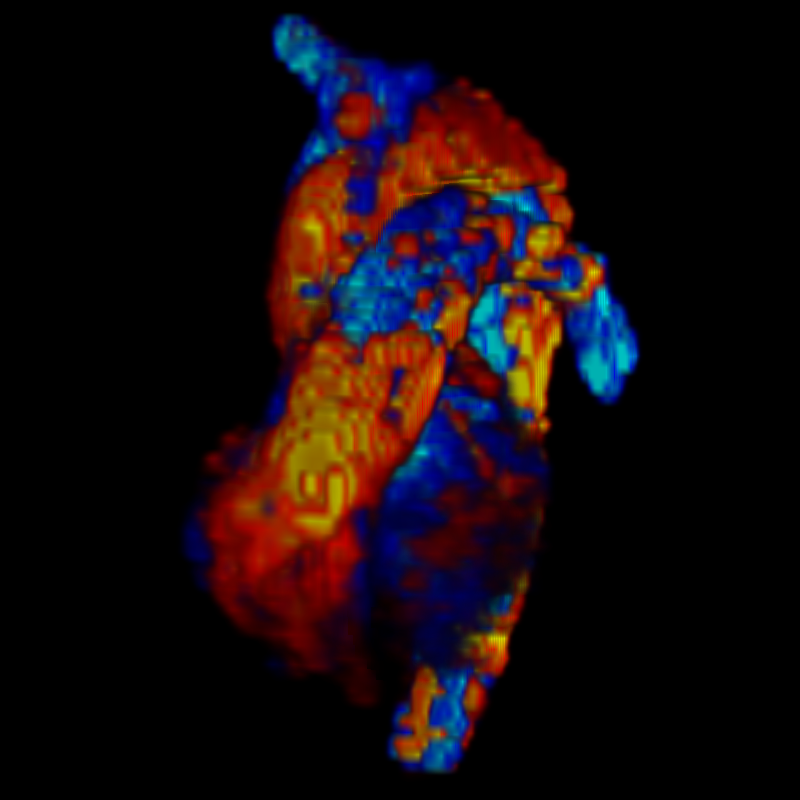 HelicityHelicity is the local strength of the helical motion of blood flow. It can also be said to be the integrated value of vorticity and velocity.
HelicityHelicity is the local strength of the helical motion of blood flow. It can also be said to be the integrated value of vorticity and velocity.
The helicity value will become low for a clean spiral flow and high for a turbulent flow. -
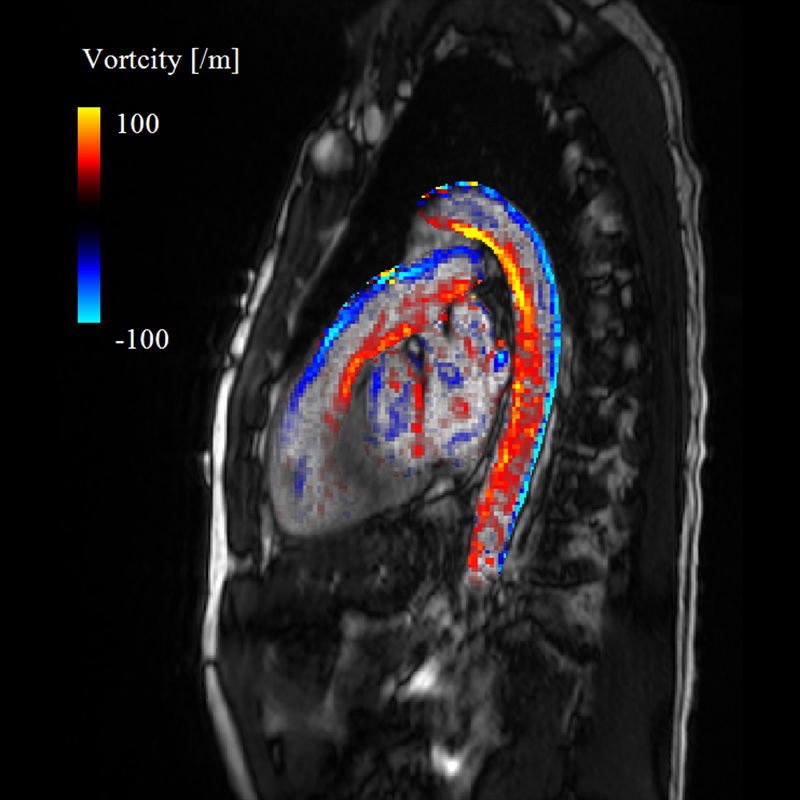 VorticityVorticity is the local strength of the spinning motion of blood flow.
VorticityVorticity is the local strength of the spinning motion of blood flow.
Here, red represents clockwise flow and blue represents anti-clockwise flow
Vortex in blood flow can bring both positive and negative effect to the blood vessel. Vorticity is one of a mathematical indicator that quantify the vortex. -
AFIAFI (Aneurysm formation indicator) evaluates blood flow stagnation; AFI is an indicator proposed by Mantha et al. to detect zones of flow stagnation where the WSS vector aligns with endothelial cells during the cardiac cycle. The research team simulated the AFI of a para choroidal aneurysm by virtually removing the aneurysm and reconstructing the parent artery and reported that there are areas of relatively low WSS rotation or large negative AFI at the site of the aneurysm. (Mantha A, Karmonik C, Benndorf G, Strother C, Metcalfe R. Hemodynamics in a cerebral artery before and after the formation of aneurysm. Am J Neuroradiol. 2006; 27: 1113-8.)
-
OSIOSI represents the temporal variation of WSS.
Sometimes WSS can defer depending on the time, by existence of object inside the blood vessel such as plaque. In that case, OSI would be high. -
RRTRRT(Relative residence time) represents the stagnation time of blood flow.
Portal vein thrombosis occurs statistically significant when RRT is high. The odds ratio of RRT to the presence of thrombosis in cirrhosis cases is also high. RTT values have placed a stepping stone to the prediction of portal vein thrombosis occuration. -
Motion TrackingSpatial deformation of DICOM images (Cine, Magnitude, Phase Contrast) is calculated to recreate a 3D mask. Heartbeat motion is tracked over time during this step, which enables measurements of time variations such as volumetrics.
-
PCAPCA represents the intensity of the flow velocity obtained from MRI.
-
Valve TrackingMeasurement of flow rate at the valve (and any other region of interest) is possible while incorporating contraction movements of the heart over time to visualize and quantify flow rate during the systolic or diastolic phase.
-
VectorVisualization of blood flow vectors in 3D is possible.
-
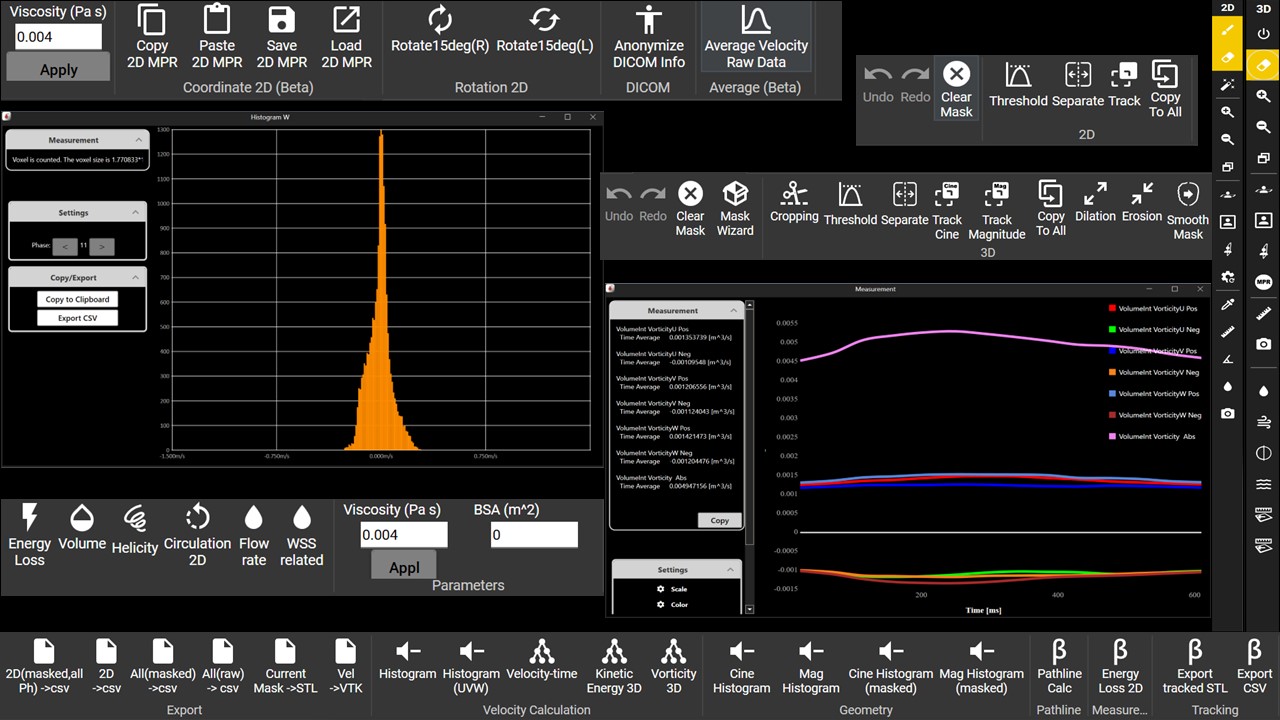 Ever-evolving functionsFunctions with iTFlow™ are evolving as per the needs of our clients.
Ever-evolving functionsFunctions with iTFlow™ are evolving as per the needs of our clients.
Be it Threshold, separation, tracking, angle, distance, flow rate measurement, Velocity Histograms, or Vorticity 3D.
There's much more that iTFlow™ can do for you. Find the one that's right for your needs.
Movies
Enabled Devices
We are compatible with most MRI devices that can capture 4D Flow MRI images.
Please feel free to contact us for further details at info@cfd.life.
Please feel free to contact us for further details at info@cfd.life.
Minimal Configuration
-
OSWindows10 64bit (English or Japanese)
-
MonitorFull HD (1920x1080)
-
InterfaceMouse with a wheel
-
CPUIntel® Core™ i5-9400
-
RAM16 GB
-
Video RAM1 GB
-
GPUGPU compatible with OpenGL4 or above
Recommended Configuration
-
CPUIntel® Core™ i7-9700K
-
RAM32 GB
-
Video RAM4 GB
Price
Request QuoteCase Report
-
 Four-dimensional flow magnetic resonance imaging analysis before and after thoracic endovascular aortic repair of chronic type B aortic dissection
Four-dimensional flow magnetic resonance imaging analysis before and after thoracic endovascular aortic repair of chronic type B aortic dissection -
 Evaluation using a four-dimansional imaging tool before and after pulmonary valve replacement in a patient with tetralogy of Fallot: a case report
Evaluation using a four-dimansional imaging tool before and after pulmonary valve replacement in a patient with tetralogy of Fallot: a case report
FAQs
-
Is it possible to analyze 2D Phase Contrast MRI?It is possible. Energy loss and flow rate are analyzed in two-dimensional units.
-
What are the advantages and disadvantages of 2D Phase Contrast MRI?Since the analysis results are limited to 2-dimensional cross-sections, the desired analysis results cannot be obtained if the characteristic flow, for example, the central axis of the stenotic jet is not captured in the cross-section.
On the other hand, it takes less time for acquisition.
-
What is the price of the software?Prices vary depending on the type of license. Please contact us to get a quote for your requirements.
Contact
If you would like to order or have any questions,
please let us know from the following contact form
Contact us
please let us know from the following contact form









